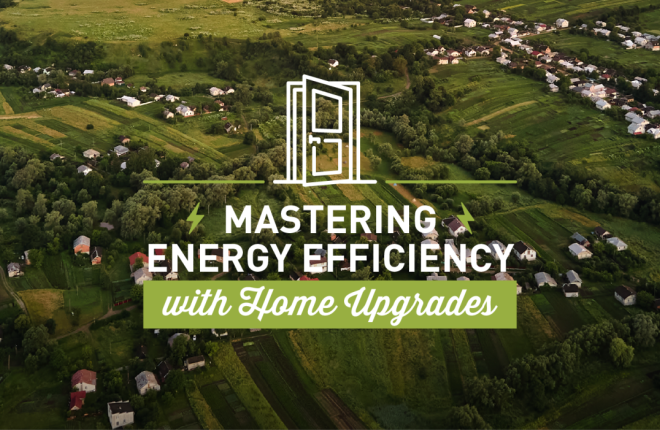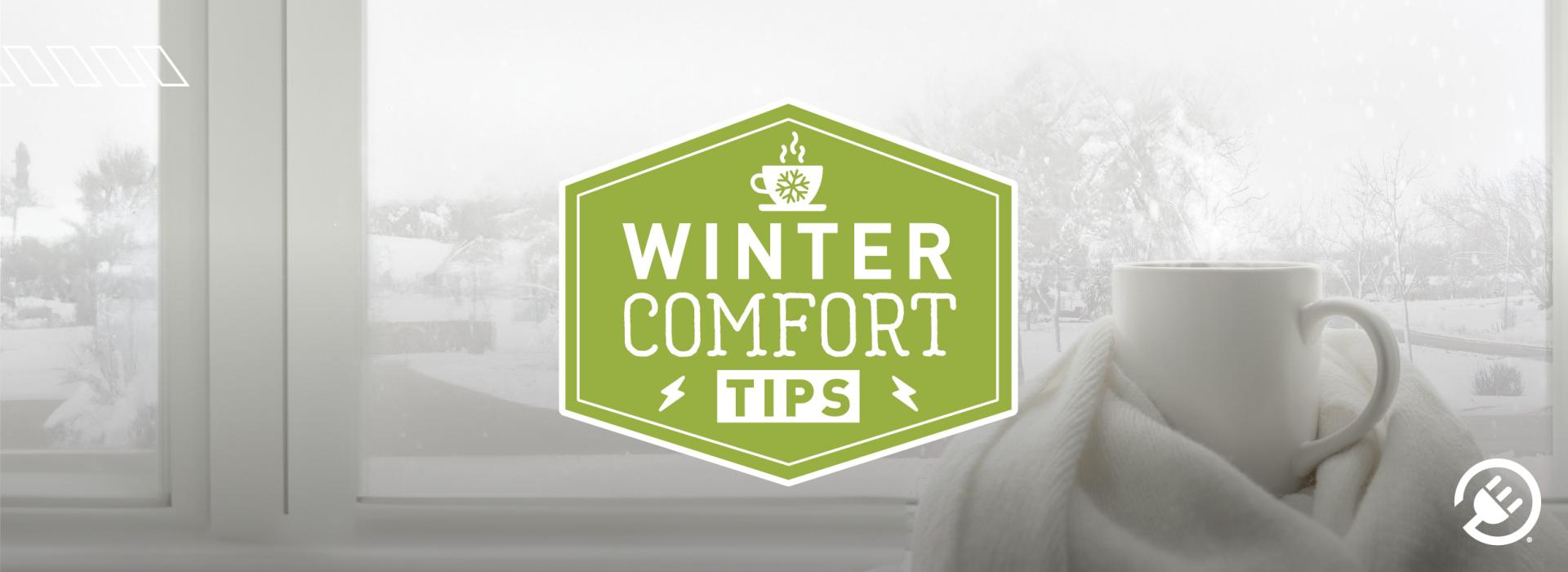
Winter Comfort Tips: Transform Your Home into an Energy-Efficient Oasis
There’s nothing better than enjoying creature comforts during the winter chill. Staying warm is a big part of that, but it comes at a price. It’s normal to heat your home when it’s cold but if you have any small window leaks or a drafty fireplace, the costs can add up. This winter, consider some smart ways to conserve energy, save money, and transform your home into an energy-efficient oasis with the following tips:
Winter Comfort Tips for Practical Energy Efficiency
-
Maintain Your Home Heating Systems
Regularly change or clean your furnace or heat pump filter and schedule an equipment tune-up prior to the heating season to maintain and upgrade your heating equipment. In addition to the furnace, take a whole-house approach to staying warm. Remove blockages to baseboard heaters or radiators, clean air filters on furnaces, and set your thermostat low in winter. -
Install a Heat Pump
If you think heat pumps do not work in cold climates, think again. There have been leaps in heat pump technology along with federal and state incentives. Utility rebates make it a great time to add a heat pump to your heating system. Heat pumps collect heat from the air, water or ground nearby instead of burning fossil fuels, then transfer that energy inside the home through electricity. They’re energy-efficient, inexpensive to operate compared to propane furnaces, and cost-wise, can compete with natural gas depending on local prices.
Choose from four different kinds of heat pumps that can be tailored to perform well in cold climates. These models include a ducted air source heat pump, a mini-split or ductless heat pump, a ground source heat pump and a water source heat pump. A ducted heat pump can be paired with an existing or new natural gas or propane furnace, called a dual-fuel system that provides a great solution and high performance. For any heat pump, look for a variable-speed unit to maximize comfort and savings. Check with your local co-op for installation and financing options.
-
Inspect your fireplace
A professional technician can evaluate how effective your fireplace is at heating your home and not losing warm air through the chimney. Consider details such as adding fire-rated caulking around the fireplace hearth. In the winter, keep the fireplace damper closed unless you’re burning a fire. An open fireplace damper in the winter lets cold air into the home just like an open window. If you never use your fireplace, you can plug and seal the chimney flue.
-
Harness the power of the sun
Windows on the south-facing walls of your home get the most passive heat during the day. Open your curtains in the daytime to let sunlight in and close the curtains at night to keep out the cold. Closing curtains and blinds in winter weather can reduce up to 10% heat loss from a room.
-
Seal up leaks and install new windows
You might know where the drafty areas are in your home, but an energy assessment can provide a thorough measurement of air leakage. A qualified technician can perform a blower door test, which depressurizes a home to reveal leaks. In addition to adding caulk or weatherstripping to seal doors and windows, you can also install energy-efficient windows or interior storm windows. ENERGY STAR windows can reflect radiant heat indoors during the winter to create a cozy home.
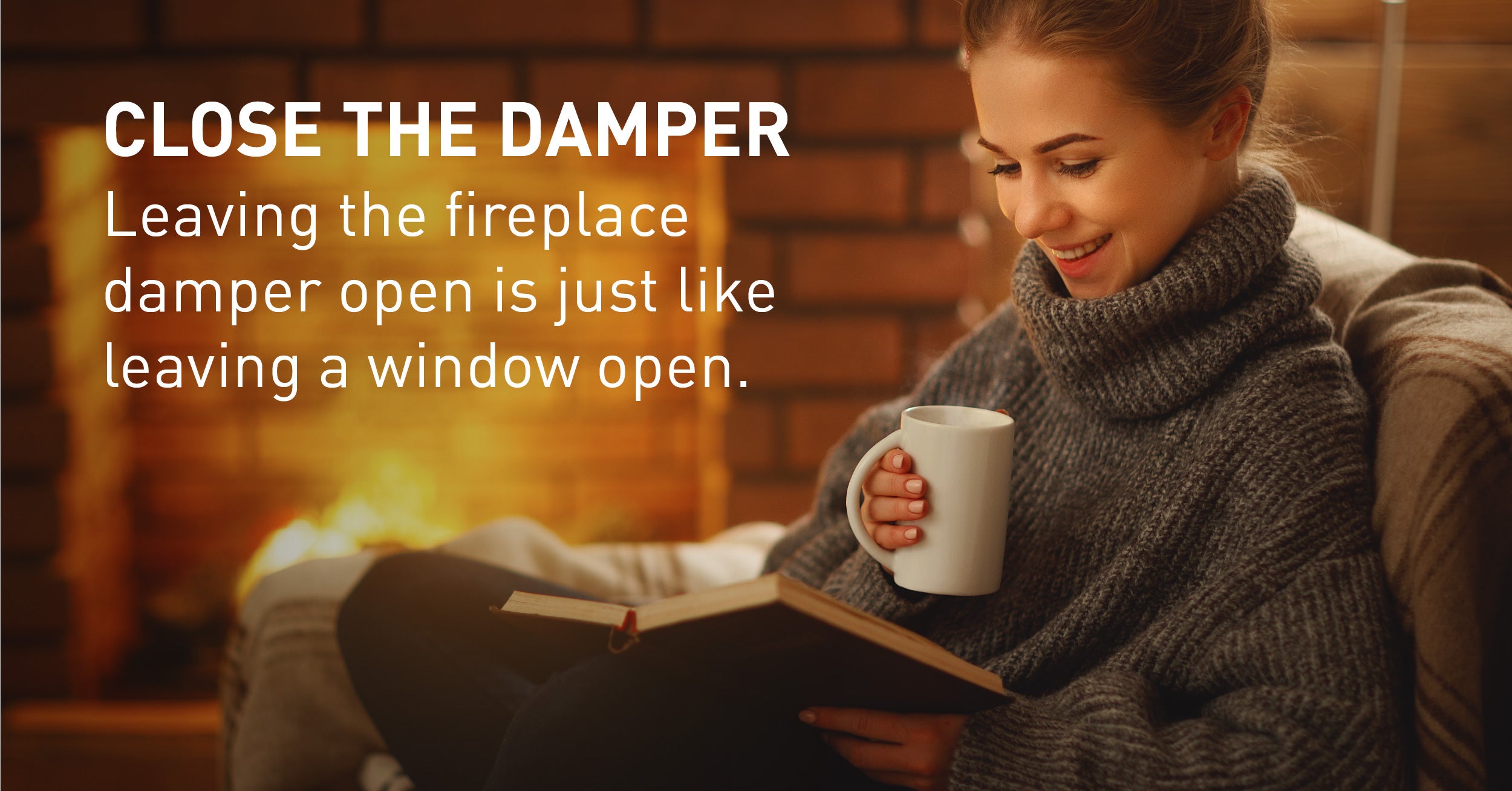
-
Assess energy usage for electronics
Typically, electronics in the home make up about 4% of energy consumption. The use of televisions, computers, and video game consoles can add up in your electric bill. You can do this energy assessment yourself. Consider how much time you spend indoors in winter and how often you use these devices. You can deactivate standby mode, turn down the brightness on your monitors, and turn off the electronics when you’re not using them. Additionally, purchasing ENERGY STAR electronics can also reduce electricity use.
Which of these winter energy efficiency tips works best for your household? You can learn more by considering 4 ways to use energy wisely at home such as installing ENERGY STAR appliances for laundry and switching to LED lighting. Contact your local co-op for more ways to stay warm this winter.
Ways to Prepare for Winter Weather
Winter storms can cause unpredictable surges in power, which can lead to power outages. Stay one step ahead of freezing temperatures in your home during electrical failures by gathering supplies to meet your family’s basic needs.
-
Pack an emergency supply kit with flashlights, a first aid kit, a car charger for cell phones, a battery-powered radio, a tool kit, cash and backup batteries
-
Stock up on supplies such as blankets, hand warmers, non-perishable foods, and water
-
Disconnect appliances and electronics to avoid damage from electrical surges
-
Install carbon monoxide detectors with battery backup in central locations in your home
-
Generators, camp stoves or charcoal grills should always be used outdoors, and at least 20 feet away from homes and windows
-
Keep a list of emergency phone numbers such as your local co-op and public places that are heated during emergencies
Supportive Utility Services
Keeping the heat on in winter is a 24/7 job at Tri-State. Utility crews are always on hand to repair lines, poles, substations and other equipment in the event of a power disruption. Tri-State partners with local, regional, state, and federal partners to make sure member consumers get their power when they need it. Learn more about Tri-State’s storm response in the Power of the Cooperative Model and repairing lines after tornado damage.
--
About Tri-State
Tri-State is a power supply cooperative, operating on a not-for-profit basis, serving electric distribution cooperatives and public power district member-owners in four states. Together with our members, we deliver reliable, affordable and responsible power to more than a million electricity consumers across nearly 200,000 square miles of the West. Visit www.tristate.coop.
Blog Posts

Protecting Your Home Year-Round from Wildfires
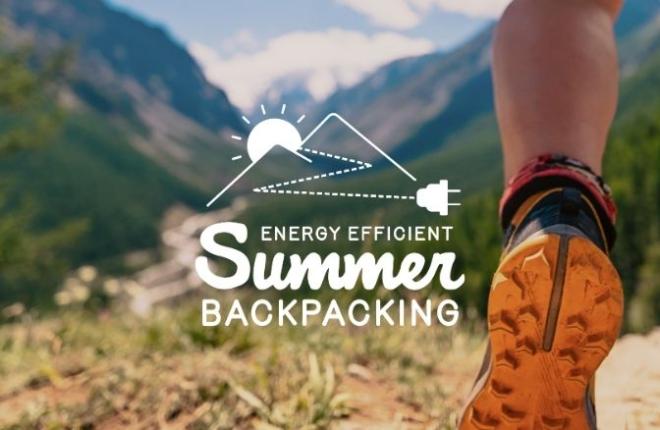
Summer Backpacking: Solar Power, Energy Efficiency, and the Best States to Visit
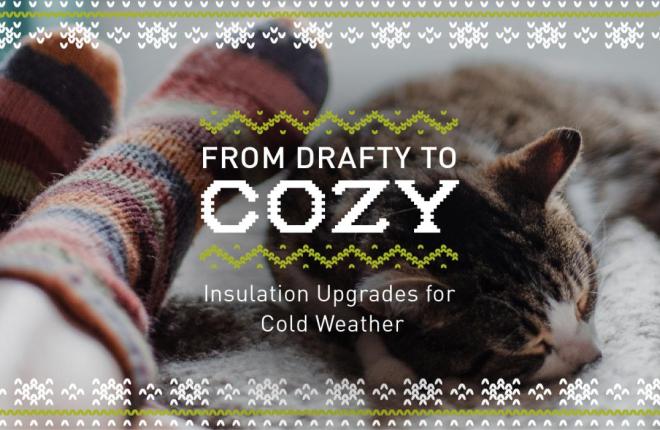
Beat the Chill: Effective Insulation Strategies for Winter Comfort
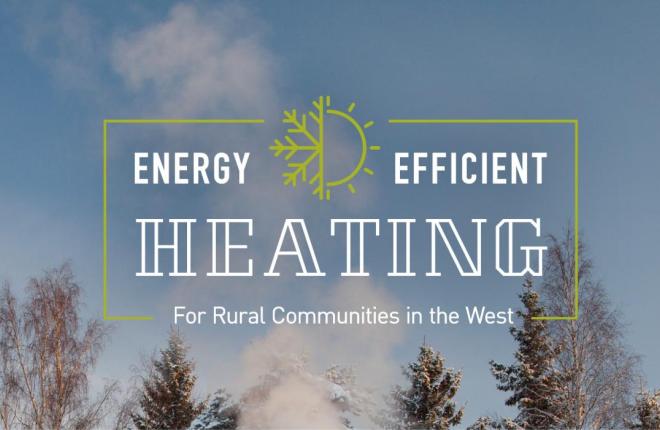
Energy Efficient Heating Options for Rural Communities in the West

Energy Efficient Tips for Outdoor Fall Entertaining

Boost Your Business with EV Charging
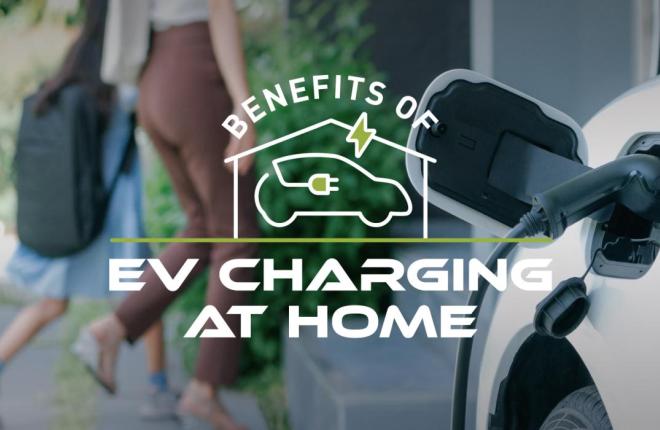
The Benefits of Having Your Own EV Charger at Home
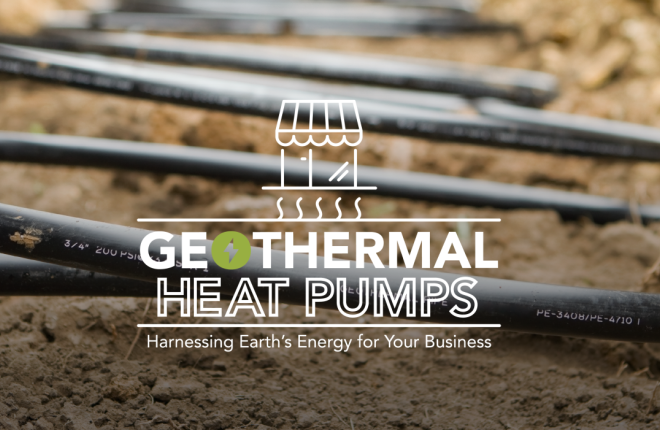
Geothermal Heat Pumps: Harnessing Earth's Energy for Your Business
